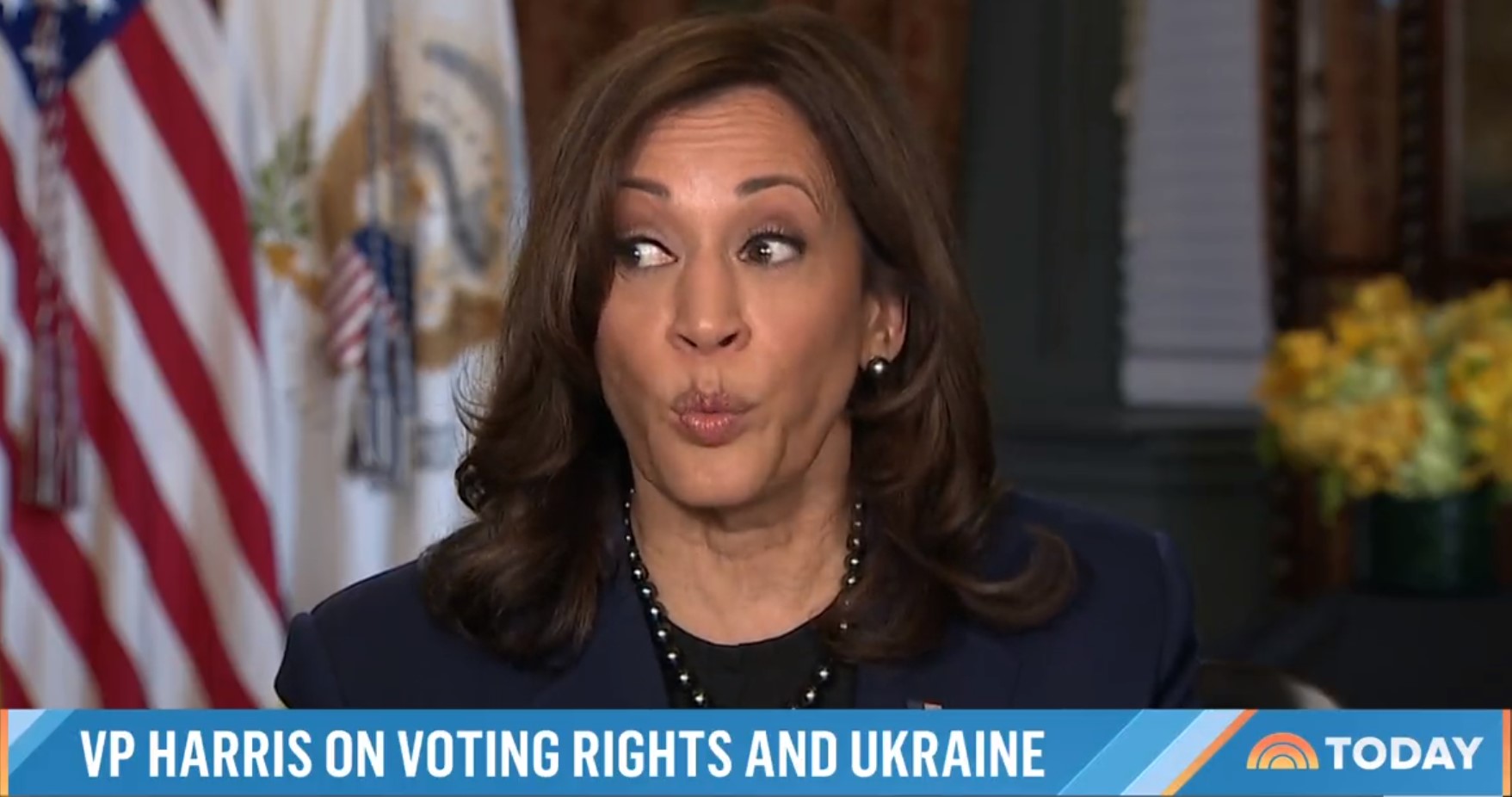People who don’t watch network TV news can see that legacy media truly is the enemy of the people. Witness what has happened in this presidential election cycle since President Biden’s poor debate performance, through Biden stepping aside and endorsing Kamala Harris.
The media went from depression about the debate, to resignation that Biden would be the nominee, to panic with “HOLY SHIT Biden’s going to lose” after the failed assassination attempt, to reinventing Biden’s political career after his announcement to step aside, and finally wholeheartedly embracing and promoting Kamala Harris as the Democrats’ nominee.
Harris was barely mentioned in the days before Biden stepped aside. Instead, the media kept promoting other names like Gavin Newsom of California, Gretchen Whitmer of Michigan, and even J.B. Pritzker of Illinois. Why? Because they didn’t want the vapid Harris competing against Trump. But after Biden endorsed Harris and the other possible nominees showed they wanted nothing to do with going against Trump after the assassination attempt, legacy media had to go all in on Harris.
A prime example of this is a video produced by NewsBusters. Everyone paying attention knows Kamala Harris was called the “Border Czar.” The media themselves reported on it repeatedly. But now, because the Republicans are pointing this out and the border issue is perhaps one of Biden’s biggest failures, the media doesn’t want to hang this albatross around Harris’ neck. Here’s the video.
They do this time and time again. The best defense against being brainwashed by legacy media is to stop watching and listening to it. Their style of production is specifically designed to persuade rather than inform. Read your news instead. Newspapers still try to brainwash and persuade, but without audio and video, it’s much less effective. There is something insidious about TV that worms its way into a person’s brain.
I suppose legacy media isn’t the only culprit. Social media, when using audio and video, like TikTok, Instagram, X, and YouTube, may be just as effective. The difference is social media sites can be used by both sides relatively easily, whereas television is controlled only by one side.
